Mother Earth is a natural blend of lava, bentonite clay and oyster lime, rich in a broad spectrum of minerals and trace elements, with a relatively high silicon content. This powder is designed to support your animal in the elimination of waste products and promote a balanced diet.
Put together your own mineral buffet!
A mineral buffet:
Fills deficiencies;
Restores mineral and trace element balance;
Supports natural behavior and mental relaxation.
Sniffing, molting, licking: it keeps the horse busy. Licking also regulates stress and promotes saliva production, a form of relaxation, just like chewing. So be sure to include standard rock salt licks.
The five basic elements in the mineral buffet
A buffet consists of natural minerals that you offer separately. Each mineral has a different action and texture. Together they form a rich palette for your horse to choose from.
1. Mother Earth
Mother Earth is a special composition of three powerful natural ingredients: lava, bentonite clay and oyster lime. Each of these raw materials comes directly from nature and makes its own contribution to the mineral profile of this unique product.
The lava in Mother Earth comes from ancient volcanic deposits. This solidified rock is full of natural minerals formed by millions of years of geological activity. Bentonite clay was created by the weathering of volcanic ash and is naturally high in montmorillonite, a substance known for its binding properties in the gut. This clay is mined deep from the earth in several European areas. Then there is Dutch oyster lime, derived from ground oyster shells from coastal areas. This lime is particularly rich in calcium and perfectly absorbable by the horse’s body.
Together, these three raw materials form a broad-based mineral blend that provides your horse with important elements such as magnesium, calcium, phosphorus, zinc, sodium, potassium, copper and iron. Each of these minerals contributes to your horse’s health and vitality in its own way.
For example, magnesium helps release energy from food, supports muscles, bones and teeth, and promotes a normal balance of water and mineral balance. It plays a role in the cell division process, protein building and contributes to mental functions such as concentration and stress resistance.
Zinc also does many things at once: it is involved in cell division, supports the immune system and helps build protein. In addition, it is good for skin, hooves, hair, eyesight and a balanced metabolism. A true all-rounder that is especially valuable for horses in training, growth or recovery.
Calcium is essential for strong bones and teeth, but it does much more. It supports energy metabolism, helps with muscle and nerve function, and contributes to proper digestion and blood clotting. Combined with phosphorus, which also contributes to skeletal structure and energy supply, it is important to get the ratios right. In adult horses, a calcium-to-phosphorus ratio of about 2:1 to 3:1 is ideal. In young horses and foals, this may be slightly different. An imbalance between these two minerals can affect absorption and utilization in the body.
Other minerals in Mother Earth also play important roles. For example, copper and manganese contribute to energy metabolism, while iron helps the body transport oxygen and form red blood cells. Potassium supports normal blood pressure and healthy muscle function, and both copper and potassium have positive effects on the nervous system. In addition, copper helps maintain healthy blood vessels and cartilage, and supports the transport of iron in the body.
Manganese supports the formation of connective tissue and the maintenance of strong bones. Iron is also involved in learning ability, concentration and the horse’s natural energy level. And because all these elements come from natural sources, they are easily absorbed and balanced with each other.
Mother Earth is thus not a random mix, but a deliberate supplement that allows the horse to choose exactly what the body needs at that moment.
2. Icelandic seaweed (Ascophyllum nodosum)
Icelandic seaweed is a natural product from the clean waters around Iceland. It is extracted from the species Ascophyllum nodosum, a brown seaweed that grows along the rocky coastlines of the North Atlantic Ocean. It has a natural, earthy fragrance and texture.
Natuly’s seaweed is offered coarsely chopped, which helps to reduce oxidation when exposed to light and air. This makes it suitable for long-term storage and use in mineral buffets, for example.
Icelandic seaweed:
Is good for digestion
Supports (fat) metabolism
3. Celtic sea salt
Celtic sea salt is perhaps one of the purest forms of salt imaginable. It is traditionally harvested in the marshes around Guérande, on France’s west coast. There, seawater flows slowly through a sophisticated network of channels toward shallow clay basins. Under the influence of sun and wind, the water evaporates, leaving behind coarse, light-gray salt crystals. The salt owes this color to the clay minerals with which it comes into contact during the process.
What makes this sea salt special is that it is completely unrefined and unwashed. This preserves the natural minerals, in exactly the proportions as they occur in seawater. Celtic sea salt is harvested by hand and offered as is, without processing or addition. Its coarse texture, slightly moist texture and earthy taste make it attractive and functional in a mineral buffet.
Celtic sea salt provides more than just sodium and chloride. It also contains important minerals such as magnesium, calcium and iron, each with a specific role in the horse’s body.
Magnesium is perhaps the best-known mineral from this salt. It supports muscles, helps release energy from food and contributes to healthy bone structure. It also plays an important role in the nervous system, supports concentration and helps with fatigue and recovery. Because of its influence on water and mineral metabolism, it is also a key player in thirst and sweat regulation, which is especially important in hot weather or intense training.
Chloride is another indispensable element. It contributes to normal acidity in the stomach and thus supports digestion. In combination with sodium, it also forms an important part of the electrolyte balance.
Calcium is also naturally present in Celtic sea salt. Known for its contribution to strong bones and teeth, this mineral also affects digestion, blood clotting and muscle function. In addition, calcium plays a role in nerve conduction and contributes to the building of cells and tissues.
And then there is iron, an element that plays a key role in oxygen transport through red blood cells. It helps the body form hemoglobin, supports the immune system and contributes to mental clarity and energy. Horses that train intensively or recover after illness often have an extra need for it.
This rich composition makes Celtic sea salt a valuable addition to the buffet. Not only because of the mineral intake, but also because the salt stimulates natural drinking behavior. Especially in warm weather or after work, the horse can take care of its own fluid balance, just as nature intended.
4. Peat Soak
Peat Soak Dust is also affectionately called “primordial mud,” and for good reason. This lumpy-dark substance comes from a thousand-year-old layer of peat, deep beneath the Austrian soil. There, in an oxygen-poor environment, plant residues such as herbs, flowers, grasses and fruits slowly decomposed and compressed into a stable and pure natural product. Thanks to this unique origin, peat pellet contains a broad palette of organically bound substances, including humic acids, fulvinic acids, trace elements and natural minerals such as silicon.
It is mainly the combination of these substances that makes peat drenk so special. Humic acids are known for their ability to bind to other substances in the body, thus supporting the animal’s natural clearance capacity. Fulvinic acids are related, but smaller in structure and water-soluble, making them readily available. These properties make fulvic acid a valuable addition to the mineral buffet.
5. Diatomaceous earth
Diatomaceous earth, also called silica, is a natural powder produced from the fossil remains of tiny algae called diatoms. Diatoms are single-celled algae with an exoskeleton of silica (silicon dioxide). These algae lived in water such as oceans, lakes and rivers millions of years ago.
When diatoms die, their skeletons, which are high in silica, sink to the bottom of the water. Over millions of years, these skeletons accumulate and form layers that are eventually compacted into diatomaceous earth.

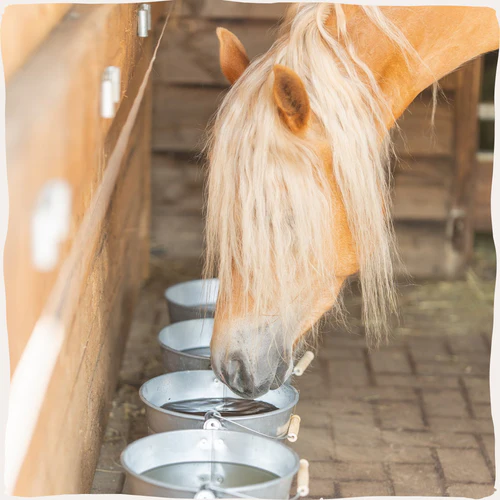
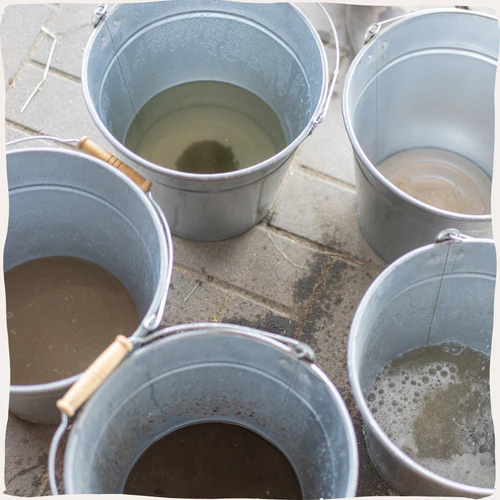
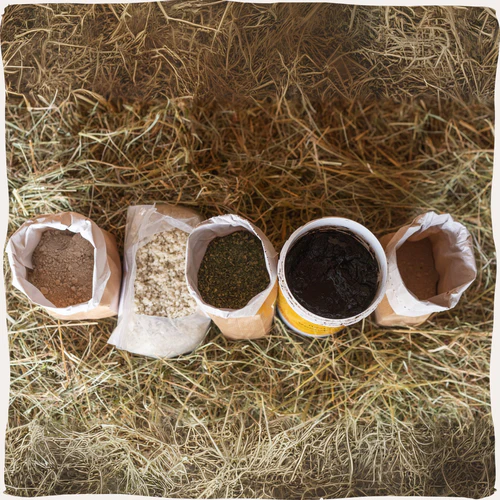
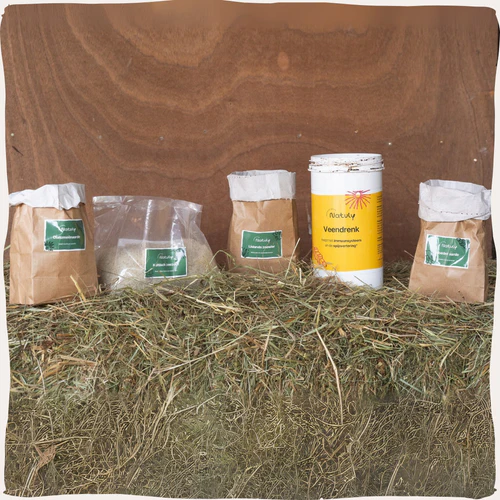
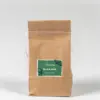
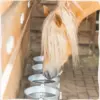
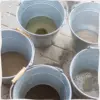
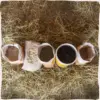

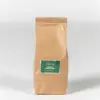




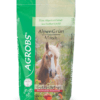
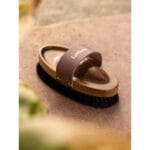
Reviews
There are no reviews yet.